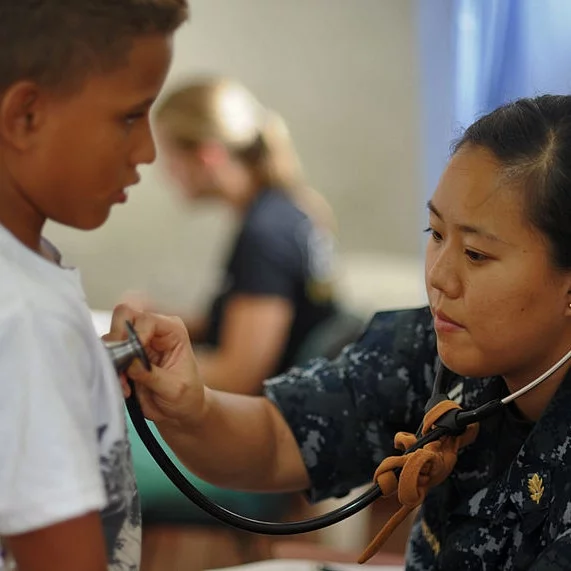Originally posted by: www.acls.net
Parents, teachers, guardians, and even babysitters are all people who are routinely responsible for the care and well-being of children. Because both infants and children are not capable of making the decisions and taking the actions necessary to keep themselves safe, they are dependent on the knowledge and efforts of those who care for them.
At any point during the day, a child is faced with potential threats from the things around him or her. From the food that they eat to the water that they bathe in, the risk of injury and even death is something that people should always take seriously. Although some adults may instinctively know how to keep children safe in certain cases, they all must learn how to do it in every situation.
Home Safety Guides
A home safety guide is an invaluable tool for the first time parent. A good safety guide will instruct parents on what is necessary to create a home environment for their children that is the least likely to result in injury or death for them. Information will often include what should be done before the birth of the baby and through various stages of his or her life. For example, a home safety guide may discuss playpen safety for infants, and staircase safety for children who are old enough to walk or crawl. It will also advise parents on what changes to make around the home to make it a safer environment.
- Child Safety Guide (PDF)
- A Safety Guide to Baby’s Milestones
- Do it Yourself Child Home Safety Guide (PDF)
Neighborhood Safety Information
Children enjoy playing outdoors, and often playtime takes place within the neighborhood in which they live. While parents may feel that playing within one’s own neighborhood is relatively okay, it is important to ensure its safety. One way to do that is to get to know one’s neighbors. By becoming acquainted with the people who live around them, parents within the neighborhood can more easily look out for each other’s children and will be more aware of suspicious people, behavior, and activities.
Children who are old enough to play outdoors should also be given rules regarding where they can and cannot play. Instruct children not to talk, leave with, or otherwise engage anyone without permission from a parent. In addition, they should know what to do and who they should go to within the neighborhood if they need immediate help.






